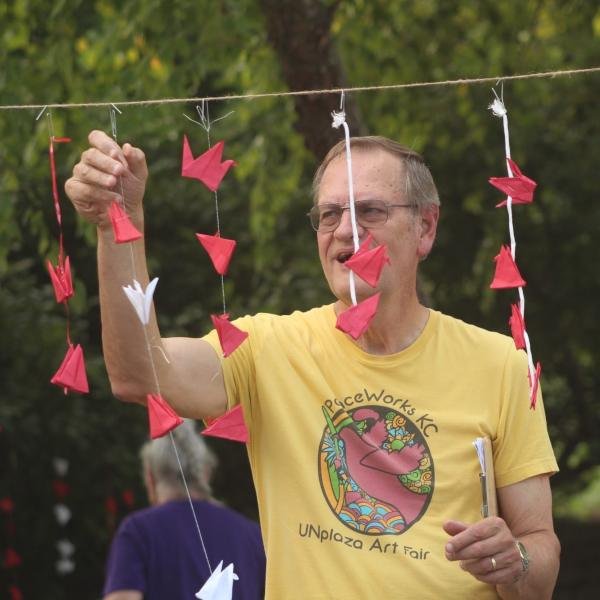By Ann Suellentrop
The Kansas City National Security Campus (formerly called the Kansas City Plant), in KC MO, is one of the eight major sites that make nuclear weapons for the US and sell some of the weapons to the United Kingdom. The plant is a federal National Nuclear Security Administration (NNSA) facility. It makes or procures 85 percent of the non-fissile parts of a nuclear bomb: key components such as electronic guidance systems, arming and fuses that set off the bomb, and parts that hold and carry the plutonium, uranium, and tritium. The National Security Campus is integral to the Life Extension Programs (LEPs) that are making new nuclear weapons. The plant is essential to the new nuclear arms race on which the US plans to spend $2 trillion dollars nationwide over the next 30 years.
The Kansas City Plant began producing parts for nuclear weapons in 1949 at Bannister Federal Complex. Various companies managed the plant through the years: Westinghouse, Pratt-Whitney, Bendix, Allied-Signal, and Honeywell Federal Manufacturing and Technologies. The highest number of workers at the facility was 9,000—during the Cold War. Honeywell now manages the National Security Campus.
In 2006, planning began for the new plant to be built to replace the old one, and PeaceWorks-KC, a local branch of the national group Peace Action, began to protest. During the last 10 years there have been about 160 arrests for trespassing at the plant, various town halls, billboard campaigns, ballot initiatives, and lobbying efforts by PeaceWorks. Due to increased media coverage, approximately 150 former plant workers or family members came forward to report serious illnesses (such as numerous cancers and berylliosis) and deaths of those who worked at the nuclear bomb plant or other federal offices at Bannister Federal Complex. It was publicized that there are huge underground plumes of water below the old plant, contaminated into perpetuity with VOCs (volatile organic compounds) and PCBs (polychlorinated biphenyls), which are currently contained with “pump and treat” wells to prevent contamination of nearby rivers (city drinking water).
The federal government eventually admitted approximately 2,400 hazardous chemicals had been used at the site, including several radioactive substances. The workers said they were not informed of the dangerous substances they were exposed to. The federal government in 2000 created a compensation program for nuclear weapons workers, the EEOICPA, the Energy Employees Occupation Illness Compensation Program Act. Several million dollars have been paid to KC Plant workers, but it is often very difficult for workers to prove they qualify for this compensation.
The new plant, the National Security Campus, opened in 2014. The old plant was recently demolished, and the area is being developed for industrial use (not for residential use). The new plant has increased employee numbers from 2,500 in 2014 to 5,500 at present. The budget has increased from $700 million a few years ago to a proposed $1.28 billion for 2022. The plant is expanding by 50 percent in September 2021 by leasing nearby warehouse space.
—Ann Suellentrop, a member of the PeaceWorks-KC Board, prepared much of this summary from online federal postings.




